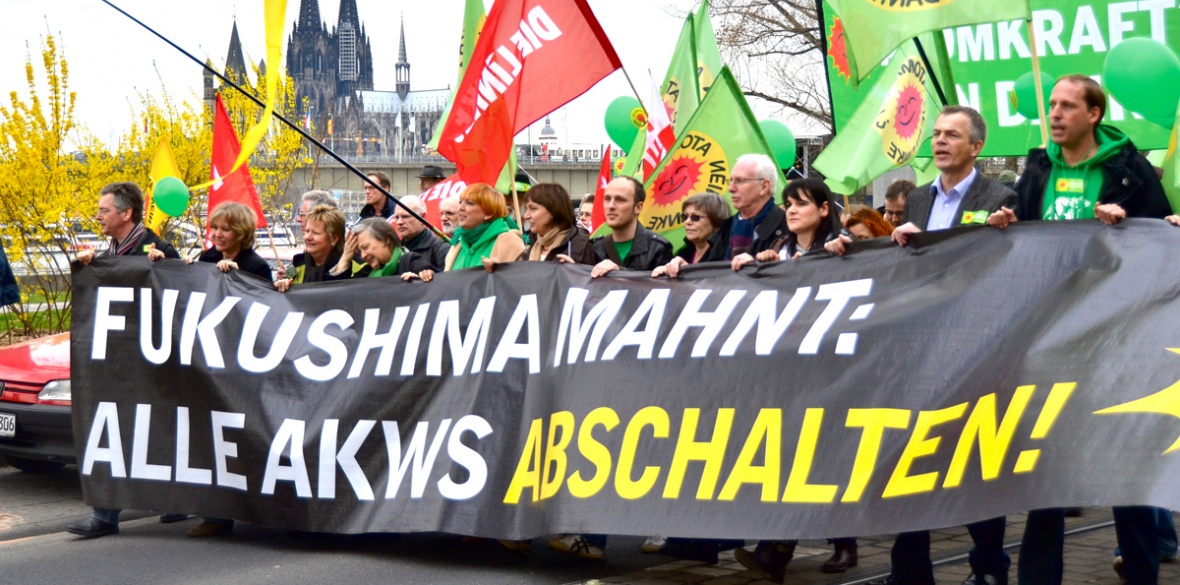This is the last article you can read this month
You can read more article this month
You can read more articles this month
Sorry your limit is up for this month
Reset on:
Please help support the Morning Star by subscribing here
THE recent nuclear accident at Severodvinsk in Russia which killed at least five nuclear experts and increased local radiation levels was a reminder of how volatile nuclear material can be whether for weapons use or producing power.
The incident occurred with grim irony on August 8, exactly between the first atomic bomb drops on Japanese civilian populations by the US during World War II 74 years ago.
The United States detonated two nuclear weapons over the Japanese cities of Hiroshima and Nagasaki on August 6 and 9, 1945, killing hundreds of thousands of people instantly and causing tens of thousands of cancer deaths in later years.
There have been 75 accidents involving nuclear weapons since the 1940s, on average one every year, the first recorded as June 23 1942 in Leipzig, Germany, which involved a nazi experimental laboratory.
Operation Epsilon was the codename of a programme in which allied forces near the end of World War II captured nazi nuclear scientists and took them to the US to develop its nuclear bomb technology and avoid war crimes trials at Nuremberg.
The list of weapons accidents includes countless records of human error leading to atomic bombs being dropped into oceans or on land from aircraft experiencing problems.
None exploded but many came close when fires broke out in nuclear rocket facilities or on airfields such as Lakenheath in Suffolk in 1956.
Several nuclear-armed submarines have caught fire and/or sunk with some still leaking radiation into the seas because the reactors cannot be retrieved.
In 1968 a US bomber with four nuclear bombs on board crashed near Greenland without exploding but releasing huge amounts of radiation into the sea.
The Windscale fire of October 10 1957 was the worst nuclear accident in Britain’s history, ranked in severity at level 5 out of a possible 7 on the International Nuclear Event Scale.
The fire took place in Unit 1 of the two-pile Windscale facility on the north-west coast of England in Cumberland (now Sellafield, Cumbria).
The two graphite-moderated reactors, referred to at the time as “piles,” had been built as part of the British post-war atomic bomb project.
The fire burned for three days and there was a release of radioactive contamination that spread across Britain and Europe.
Of particular concern at the time was the radioactive isotope iodine-131, which may lead to cancer of the thyroid, and it has been estimated that the incident caused 240 additional cancer cases.
No-one was evacuated from the surrounding area, but there was a worry that milk might be dangerously contaminated.
Milk from about 500 square kilometres of nearby countryside was diluted and destroyed for about a month.
The Three Mile Island accident was a partial meltdown of reactor number 2 of Three Mile Island nuclear generating station near Harrisburg, Pennsylvania, and the subsequent radiation leak that occurred on March 28 1979.
It was the most significant accident in US commercial nuclear power plant history. On the seven-point International Nuclear Event Scale, the incident was rated a five as an “accident with wider consequences.”
The accident began with failures in the non-nuclear secondary system, followed by a stuck-open pilot-operated relief valve in the primary system, which allowed large amounts of nuclear reactor coolant to escape.
The Chernobyl disaster was a nuclear accident that occurred on 26 April 1986 at the No4 nuclear reactor in the Chernobyl Nuclear Power Plant, near the city of Pripyat in the north of the Ukrainian SSR. It is considered the worst nuclear disaster in history and is one of only two nuclear energy disasters rated at seven—the maximum severity — on the International Nuclear Event Scale, the other being the 2011 Fukushima Daiichi nuclear disaster in Japan.
The steam-blast effects in the initial moments of the accident caused two deaths of those in the facility at the time of the blast. In the emergency response that followed, 134 firemen and station workmen would be hospitalised with acute radiation syndrome due to absorbing high dose rates of ionising radiation. Of these 134 men, 28 died in the days to months afterward and approximately 14 suspected radiation-induced cancer deaths followed within the next 10 years. The eventual predicted total death toll in the decades ahead from Chernobyl releases vary, from 4,000 fatalities when solely assessing the three most contaminated former Soviet states, to about 9,000 to 16,000 fatalities when assessing the total continent of Europe.
The first Tokaimura nuclear accident occurred in a nuclear reprocessing plant of the Power Reactor and Nuclear Fuel Development Corporation on March 11 1997 in Japan. On Tuesday, March 11 1997, a small explosion occurred in a nuclear reprocessing plant. Windows broke, allowing radiation to escape into the atmosphere. At least 37 of the workers were exposed to elevated levels of radiation during the incident.
A week after the event, meteorological officials detected unusually high levels of caesium 25 miles south-west of the plant.
The second, more serious Tokaimura nuclear accident occurred on September 30 1999 and resulted in two deaths. It was the worst civilian nuclear radiation accident in Japan prior to the Fukushima Daiichi nuclear disaster of 2011. The criticality accident occurred in a uranium reprocessing facility operated by JCO, a subsidiary of Sumitomo Metal Mining Co. in the village of Tokai.
As the UK embarks upon new nuclear generating capacity at Hinkley Point in Somerset and Sizewell in Suffolk with new controversial systems, History shows that human error and design faults put local populations at risk.












